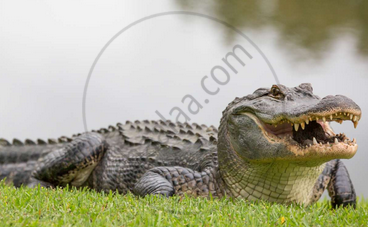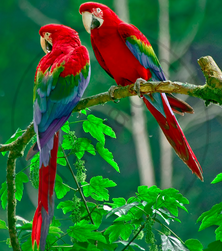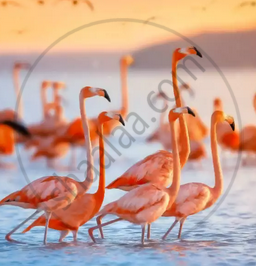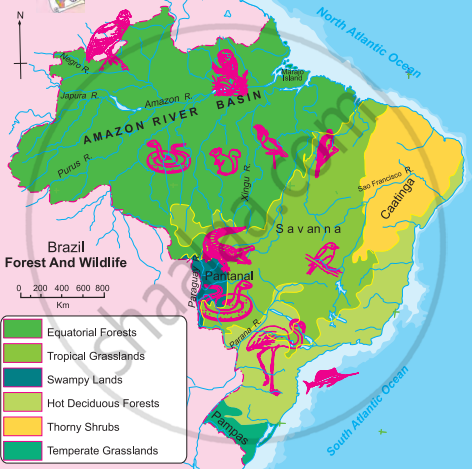Topics
Field Visit
Location and Extent
Physiography and Drainage
- Physical Divisions of India
- The North Indian Mountains
- The Himalayas
- North Indian Plains
- The Peninsular Indian Plateau
- The Indian Coastal Plains
- The Indian Islands
- Physiography of Brazil
- Brazilian Highlands
- The Great Escarpment in Brazil
- Coastline of Brazil
- Brazilian Plains
- Brazilian Island
- Drainage of Brazil
- Drainage Systems of India
- Himalayan Rivers
- Peninsular Rivers
Climate
Natural Vegetation and Wildlife
Population
Human Settlements
Economy and Occupations
Tourism, Transport and Communication
Geography - Physical Divisions of India
Identification of Physical divisions
- Identification of Physical Divisions
Geography - North Indian Mountains
Himalayas
Associated mountains
- Concept of Associated Mountains
Geography - North Indian Plain Region
Deserts
- Desert
Western Plains
- Concept of Western Plains
Central Plains
- Concept on Central Plains
Delta region
- Concept of Delta Region
Eastern Plains
- Concept of Eastern Plains
Geography - Peninsular Plateau Region
Chhotta Nagpur Plateau
- Concept for Chhotta Nagpur Plateau
Malwa Plateau
- Concept on Malwa Plateau
Maharashtra Plateau
- Concept for Maharashtra Plateau
Karnataka Plateau
- Concept for Karnataka Plateau
Telangana Plateau
- Concept for Telangana Plateau
Geography - Western Ghats and Eastern Ghats
Eastern Ghats
- Concept on Eastern Ghats
Sahyadries
- Concept on Sahyadries
Geography - Coastal Region
- Geography - Coastal Region
Eastern coastal plain
- Coastal Region - Eastern Coastal Plain
- Concept for Western Coastal Plain
Western coastal plain
- Concept for Western Coastal Plain
Geography - Indian Islands
- Geography - Indian Islands
Eastern Islands
- Indian Islands - Eastern Islands
Western Islands
- Indian Islands - Western Islands
Geography - Practical 1
Cartography
- Concept on Cartography
Geography - Practical 2
Two dimensional diagrams
- Two Dimensional Shapes
One dimensional diagrams
- Concept on One Dimensional Diagrams
Economics - Introduction of an Economy
Introduction of an Economy
- Economy
- Types of Economy
- Main Features of Economy
Economics - Basic problems of an economy solution
Solutions
- Concept for Capitalism
- Concept for Socialism
- Mixed Economy
Problems
- Introduction of Basic Problems of an Economy
- Problems- for Whom to Produce
- Problem - How Much to Produce
- Problem - by Whom to Produce
Economics - Inflation
Introduction
- Introduction of Inflation
Effects of inflation
- Effects of Inflation
Measures of Inflation
- Measures of Inflation
Causes of inflation
- Causes of Inflation
Economics - Public distribution system and consumer protection
- Measures of Inflation
Public Distribution system - meaning and explanation
- Public Distribution System - Meaning and Explanation
Introduction
- Introduction of Public Distribution System and Consumer Protection
Objectives of Public Distribution system
- Objectives of Public Distribution System
Remedial Measures
- Remedial Measures Public Distribution System and Consumer Protection
Consumer Protection
- Consumer Protection - Rights and Duties of Cunsumer, Food Adulteration
Drawbacks of Public Distribution system
- Drawbacks of Public Distribution System
Progress of Public Distribution system
- Progress of Public Distribution System
Definition
- Wildlife: Wildlife is encompass all living things that develop naturally or exist without human intervention.
Brazil Wildlife
- Brazil has more wildlife diversity than any other country on the planet.
- Huge anacondas can be found in the swampy areas of Pantanal. Guinea pigs, crocodiles, alligators, monkeys, pumas, leopards, and other animals can be found in Brazil.

Crocodiles

Leopard

Puma
- Swordfish are common in the seas, while piranhas and pink dolphins can be found in rivers.
- The main birds found here are condors, which are huge and fly high in the sky, as well as various types of parrots, macaws, and flamingoes.

Macaws

Flamingoes
- Millions of insect species can also be found here. Brazil's wildlife is very rich and diverse as a result of these variations.
- Environmental degradation is occurring as a result of illegal smuggling of wild animals, slash and burn agriculture (roca), deforestation, pollution, and other factors. Brazil is currently dealing with these issues. Because of these issues, many endemic species are on the verge of extinction.
Do you know?
A survey done in 2016 has found that approximately, 5831 sq. kms. of land under forests in Brazil had already degraded in that year.
Example
On the basis of given figure answer the following questions:
 |
- Name the species shown on the map. Condor, Anaconda, Golden lion tamarin, macaw, etc,.
- In which regions are these animals found? Why are their habitats found in these forests?
- Classify the forest regions with reference to their extent.
- Some of the major species shown on the map are condor, golden lion tamarin, anaconda, crocodile, sword fish, flamingoes, macaw, parrots, rufous bellied thrush.
- The dense equatorial forest region is home to golden lion tamarin, condor, anaconda, etc. This is because these forest lie near the Amazon River and receive rainfall throughout the year. Swampy lands of Pantanal is home to anacondas and crocodiles because these conditions are favourable for their habitation. Sword fish thrives near the South Atlantic Coast due to the extensive continental shelf.
- Equatorial forests are found in the northern part of Brazil and it covers an extensive area. Tropical Grasslands (Savanna) is the next major forest type occupying central part of Brazil. Hot deciduous forests occupy the southern Brazil whereas swampy lands of Pantanal occupy a small part of Brazil in the south west. Thorny shrubs occupy the north western part of Brazil owing to low rainfall whereas Temperate Grasslands (Pampas) occupy south Brazil.
If you would like to contribute notes or other learning material, please submit them using the button below.
Related QuestionsVIEW ALL [12]
On the basis of given figure answer the following questions:
 |
- Name the species shown on the map. Condor, Anaconda, Golden lion tamarin, macaw, etc,.
- In which regions are these animals found? Why are their habitats found in these forests?
- Classify the forest regions with reference to their extent.
Match the columns :
| (a) | Evergreen Forests | (i) | Sundar trees |
| (b) | Deciduous Forests | (ii) | Pine |
| (c) | Coastal Forests | (iii) | Pau Brasil |
| (d) | Himalayan Forests | (iv) | Khejadi |
| (e) | Thorny and bush-type vegetation | (v) | Teak |
| (vi) | Orchid | ||
| (vii) | Sal | ||
